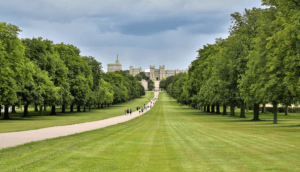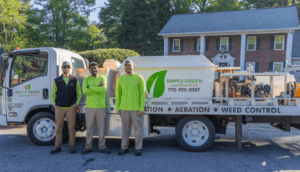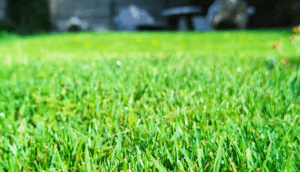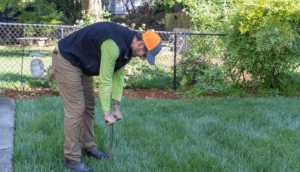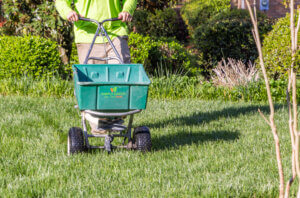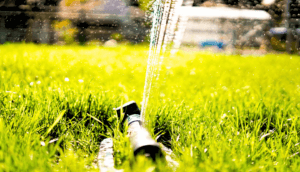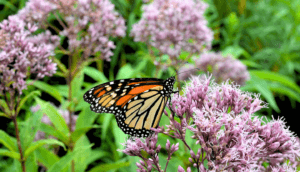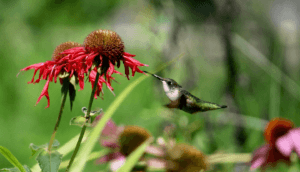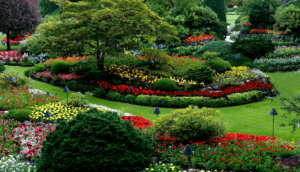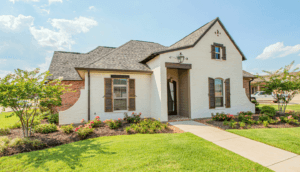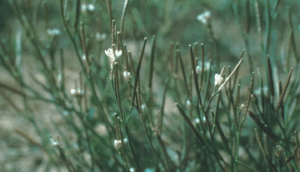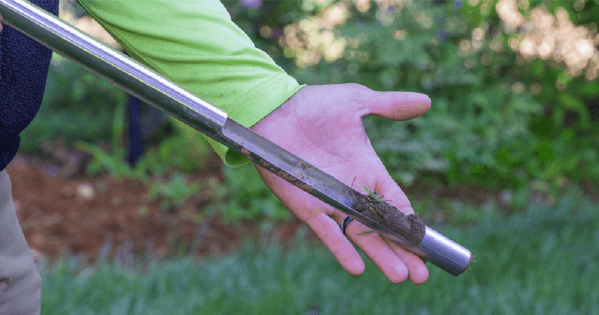Simply Green Blog Posts
A Brief History of Lawn Care
A perfectly manicured lawn has been an important part of land and home ownership since medieval times. For wealthy landowners, the lawn was a place for entertaining, walking about, playing games, and building a stately garden. Before becoming a status symbol in the 16th century, a well-maintained lawn was simply practical. Landowners set livestock…
Read MoreWhy do Americans love their yards?
The American Dream, especially post-World War II, emphasized homeownership, often in the suburbs, with a house surrounded by a well-kept lawn. This symbolized success, stability, and a piece of the American landscape to call their own. Historically, as the U.S. expanded, the vastness of the land allowed people to have large plots. This fostered…
Read MoreBenefits of Professional Lawn Care Services
Maintaining a beautiful, healthy Georgia lawn is a time-consuming task; not to mention an exhausting one in the heat of Southeastern summers. In addition to time and energy, caring for all of your lawn’s year-round needs can be costly. When factoring in equipment, supplies, seed, fertilizer, treatments for disease and pests, etc., costs can add…
Read MoreNavigating Local Lawn Care Regulations and Ordinances
Is your neighbor mowing the lawn at 6 a.m.? Or worse, not mowing at all? Does local wildlife avoid your feeders because someone nearby is spraying pesticides? Local lawmakers created lawn regulations and ordinances in Greater Atlanta to solve these and other problems. These few key considerations can vary slightly depending on the specific…
Read MoreThe Importance of Soil Testing Your Georgia Lawn
Why Should I Test My Soil? If your lawn is waterlogged after a heavy rain, plants and grass aren’t growing well, or you are experiencing excessive weeds, the problem may lie beneath the surface. These indicators mean it’s time to perform a soil test so you will know what the soil may be lacking.…
Read MoreYard Cleanup and Maintenance
If you’ve fallen a little behind on your spring yard cleanup, there’s no better time than now to get started. Spring winds and rain bring fallen leaves, branches, and other yard clutter. This season’s rains also bring a growth spurt to trees and turfgrasses. Part of spring yard cleanup and maintenance is also brush…
Read MoreImplementing Water-Saving Strategies
Watering too little or too much can affect the health of your Georgia lawn and garden. How much water does your landscape really need? The answer lies in the types of grasses, shrubs, and vegetation planted. Georgia homeowners are encouraged to plant drought-resistant flowers, bushes, and turfgrasses to avoid overwatering. Too much water can…
Read MorePlanting a Pollinator-Friendly Garden
What makes those Georgia peaches and pears so sweet? It’s likely the power of nature’s springtime pollinators doing what they do best. As you get the urge to plant your spring garden, consider incorporating some pollinator-friendly flowers, shrubs, and trees to attract bees, butterflies, and birds. As they pollinate fruit trees, vegetable gardens and…
Read MoreNatural Pest Control: Balancing a Healthy Lawn Ecosystem
A healthy and balanced ecosystem results in various plants, insects, and animals living together in harmony without damaging the landscape. Incorporating native perennials is key to attracting good insects that prey on undesirable ones. Therefore, creating a natural method of pest control instead of applying chemicals. Avoid Pests the Natural Way Natural pest control…
Read MoreLawn biodiversity: The Importance of Varied Plant Species
Lawn biodiversity refers to the variety of plant and animal species present in the lawn’s ecosystem. In a healthy, biodiverse lawn, there is a rich assortment of grasses, flowers, shrubs, and even trees co-existing with insects, birds, and small animals such as squirrels. Why is having a variety of plants important? Having a diverse…
Read MoreGreen Living: A Sustainable Lawn Care Guide for a Greener Atlanta
Spring and summer bring to mind a host of pleasant thoughts. Walking barefoot across a lush, green carpet of grass, for example. Watching children and grandchildren playing on the lawn. Hosting a garden party. Barbecuing for family and friends. Making your home the center of all kinds of outdoor celebrations during these warm seasons starts…
Read MoreBitter Toward Bittercress?
Bittercress can be enjoyable in a salad or as a garnish, but not in your Georgia lawn or garden. Known as a spice and for its peppery flavor, Bittercress is favored for consumption when harvested from organic growth settings such as forests. Being part of the mustard family gave it the “bitter” in Bittercress.…
Read More
